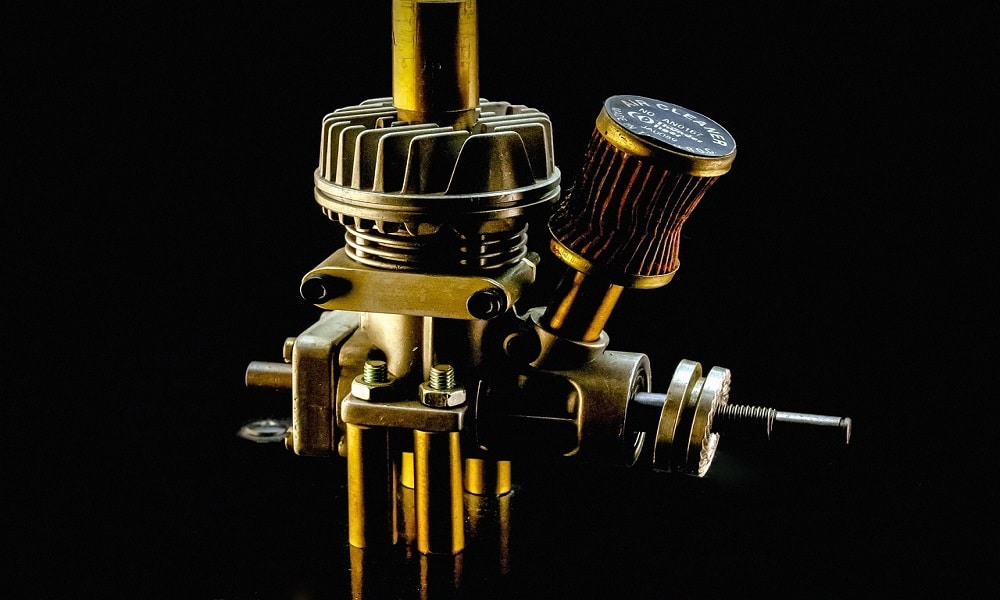Every facility, regardless of its industry, relies on an intricate network of systems to function. Among the most fundamental, yet often overlooked, are vacuum and compressed air systems. Their unseen veins, the piping layouts, are the true arteries of efficiency and productivity. A well-conceived air compressor piping layout, along with its vacuum counterpart, ensures the seamless delivery of power and essential conditions to your operations. Conversely, inadequate planning can lead to a cascade of operational issues, silently eroding profitability and impacting overall system integrity. Engineers understand that these systems are not merely commodities but rather critical infrastructure that demands meticulous foresight and a deep understanding of fluid dynamics. This article will delve into the critical insights engineers wish decision-makers considered from the very inception of facility planning, ensuring a robust and reliable foundation for years to come.
The Unseen Impact of Poor System Design: More Than Just Pressure Loss
The true cost of a poorly designed air or vacuum piping system extends far beyond the initial installation savings or a slight dip in pressure gauge readings. It manifests as a pervasive drag on operational efficiency and a steady drain on resources. Undersized or excessively convoluted pipe runs directly translate to significant pressure drops, forcing compressors to operate at higher pressures, consuming disproportionately more energy to achieve the desired output at the point of use. This continuous overexertion dramatically shortens the lifespan of the compressor itself and places undue strain on related equipment. Beyond energy waste, the presence of contaminants, like water and oil, exacerbated by inadequate air compressor piping design, leads to premature wear of pneumatic tools, instrumentation, and critical process equipment. This necessitates frequent, unscheduled maintenance, leading to costly downtime and diverting valuable personnel from productive tasks. Ultimately, insufficient air or vacuum supply can create significant bottlenecks in production, compromise product quality in sensitive applications, and undermine the entire operational flow.
The Fundamental Physics: Understanding Flow, Pressure, and Contaminants
Engineers often find themselves explaining the invisible forces at play within piping systems. At its core, the performance of your vacuum and air compressor lines is governed by fundamental physics. Pressure drop, a critical factor, isn’t just a number; it’s a direct consequence of friction as air or gas moves through pipes. The longer the pipe, the smaller its diameter, and the more fittings (elbows, tees, valves) it contains, the greater the frictional losses, leading to less available pressure at the point of use. High velocities within pipes can also induce turbulence, further increasing pressure drop and generating unwanted noise. Another crucial aspect is condensate management. Compressed air inherently contains water vapor, which condenses into liquid water as it cools in the piping. Without proper sloping, strategically placed drip legs, and automated drains, this condensate can accumulate, leading to liquid slugs that damage pneumatic equipment, corrode internal pipe surfaces, and contaminate processes.
For sensitive applications, especially with vacuum piping, meticulous material selection is paramount. Using materials like aluminum or stainless steel prevents internal corrosion and minimizes particulate generation, which is vital for maintaining the integrity of both your air compressor piping and delicate vacuum-dependent operations.
The Advantage of Modular Piping: Flexibility and Reduced Downtime
Traditional piping installations, often involving welding or threading heavy steel, are notoriously time-consuming and rigid. This is where modular piping systems offer a transformative advantage. Comprised of lightweight, pre-engineered components and utilizing push-to-connect or simple clamping mechanisms, these systems drastically reduce installation time and labor costs. What once took days of cutting, fitting, and welding can now be completed in hours. Beyond the initial setup, their true power lies in adaptability.
Facilities are rarely static; production lines shift, equipment is upgraded, and needs evolve. Modular piping allows for rapid and easy modifications, additions of new drops, or even complete reconfigurations of branches with minimal disruption to ongoing operations. This inherent flexibility significantly reduces the expensive downtime associated with system changes. Furthermore, the smooth internal bore surfaces and corrosion-resistant materials, common in high-quality modular systems, contribute to superior air or vacuum quality. They prevent the generation of rust flakes and particulates that can contaminate sensitive processes and compromise the efficiency and longevity of connected equipment. This ensures a cleaner, more reliable supply crucial for both pneumatic tools and critical vacuum applications.
Conclusion
The intricate network of vacuum and compressed air piping is more than just a series of tubes; it’s the lifeblood of your facility’s operational efficiency. As engineers, our foremost wish is for decision-makers to recognize that proactive engagement and meticulous planning from the earliest stages of facility design are paramount. Investing in a thoughtfully engineered system, one that considers the physics of fluid dynamics, future scalability, and the advantages of modern solutions like modular piping, yields profound long-term benefits. These include significant energy savings, extended equipment lifespan, enhanced productivity, and a robust foundation for your operations. By understanding these critical insights, you lay the groundwork for a facility that not only meets today’s demands but is also prepared for the challenges and opportunities of tomorrow.


